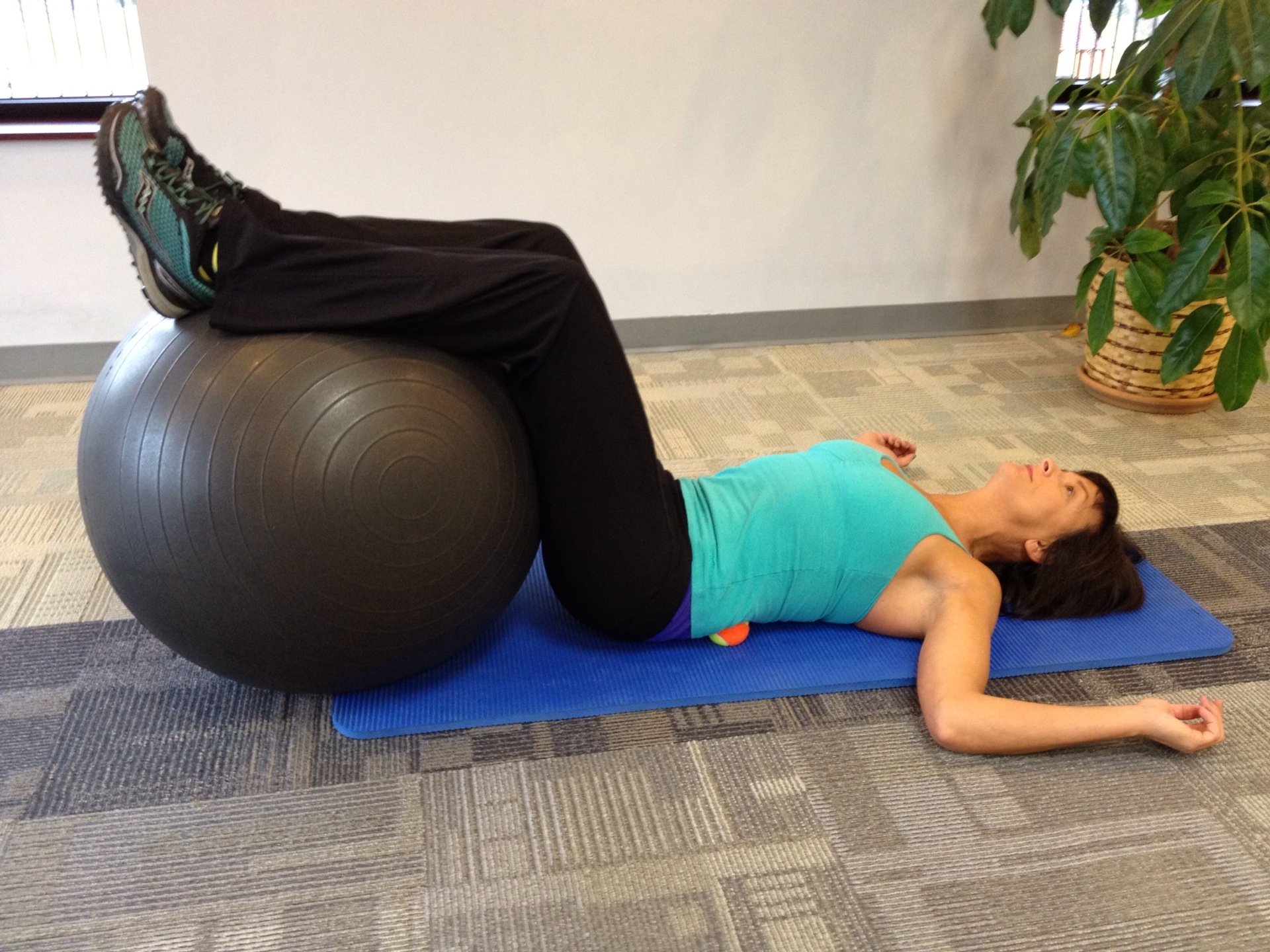fit 4 paddling
Feel Great! Paddle Great!
We will be bringing you helpful tips and info on staying fit and preventing paddling injuries. The best time to work on this is NOW, the offseason. Our goals are to inform you on ways you can prevent injury, enhance paddling performance and manage existing acute/chronic injuries that you may currently have.
This series is geared towards muscle imbalances.
Feel Great Paddle Great!
Paddling a great stretch of water with friends is what we all live for. Having to end your trip early due to that pain in your back isn’t. More than 85% of the population experience lower back pain at some point in their lives. Those that choose to lead a more active lifestyle experience an even higher incidence. But rather than give up our beloved sport of paddling and enjoyment of the outdoors, we must learn tactics to counteract the causes of our physical dysfunction and also employ better movement techniques to prevent future damage. This can be accomplished by understanding more about our bodies and how they react to our everyday living. By learning a few simple tricks we can do on a regular basis to help counteract those negative forces, we can then begin to feel better and enjoy our outings on the water more completely.
One of the most important visible manifestations of a breakdown in the body’s functioning is posture. If you have ever walked down the street you know what I mean. Those people that exhibit very poor posture will stick out like a sore thumb. Slumped shoulders, hunched back and a crooked gait(walking pattern) are all signs of poor posture. Poor posture can be traced back to muscle imbalances present in the body. These muscle imbalances in turn contribute to low back pain, spinal related dysfunction and a myriad of other physical health breakdowns. With these muscle imbalances present, you couldn’t just tell someone to stand up straight to correct the problem. The effects of just merely trying to stand upright would last only as long as you would be consciously thinking about it. As soon as your mind wandered to other tasks your posture would be right back to where it naturally wants to rest. In order to effect permanent and positive change in your posture you need to address the true causes of the muscular breakdown.
Our lives are filled with activities, most of which are very similar on a day to day basis. Those repetitive activities of daily living are what mold our posture into what we look like in standing. We develop correlating areas of tight muscles with areas of weak muscles. This tug of war within our bodies pulls us out of alignment, creating poor posture and subsequently contributing to dysfunction and pain. Because we all have the same bodies, some of the same breakdowns can be seen from person to person. Because we as paddlers spend long periods of time sitting in boat and performing a repetitive motion with our upper bodies it’s important to have our bodies optimized before we even step foot out the door. Next, I will outline 4 simple exercises you can do at home to maximize your enjoyment out on the water.
Poor upper body posture or slumped shoulders/rounded back can contribute to neck pain, shoulder pain and headaches. To counteract this posture we need to stretch the anterior chest region.
Chest Stretch over a Swiss Ball
A chest stretch can be performed using a swiss ball(exercise ball) or can be performed on your bed at home. If using the swiss ball, make sure you have athletic shoes on and sit on the ball. Next, walk your feet out to the position shown below then raise your arms straight up above your chest area. Retract or squeeze your shoulder blades together in your back. Now lower your arms down to the floor over your head. Relax in this position for 2-5 minutes. fit 4 paddling can be done anywhere. If you do not have a swiss ball this can be performed on your bed by laying diagonally with your head in the corner and facing up. Next complete the steps for your arms to lower them over the edge of the bed and effect a stretch to your chest area. Relax in this position for 2-5 minutes
2. Kneeling Hip Flexor Stretch
This stretch helps to keep proper length and flexibility in the anterior thigh and hip regions. These areas become tight because as a whole we spend large amounts of time in the seated position. Because of this, these areas become unknowningly tightened and shortened causing muscle imbalances in the pelvic region and subsequently leading to lower back pain among other problems. To perform this stretch, first kneel down on a padded mat or pillow on the floor(as shown in the picture). Then, place your other foot forward in front of you(as shown). Next, place a long stick like object behind your back. This keeps your back straight so that you will keep the stretch in the right area. Try to keep your stomach tucked in so that your lower back, shoulder blades and the back of your head keep contact with the object. Now, gently press your hips forward slightly and hold the stretch for 2-5 minutes. As time goes by you may continue to slightly press your hips forward to take up the slack and get more of a stretch.
3. Tennis Ball Accupressure Stretch

This activity will help to gain more flexibility in the paraspinal muscles and increase Range of motion between each independent vertebrae. Range of motion is imperative for safe motion of the spine. Over time we develop areas that become “stuck” due to microtrauma, dehydration and just plain aging. To perform this stretch, you will need to locate two tennis balls. Used tennis balls are preferred, as they are a bit softer than new ones. Next, lay in the static back position(shown in picture). This is basically laying on your back with your hips and knees at 90 degrees. You do not need to have a Swiss ball to perform this as you can use a couch or a chair to place your legs on. Next, place the tennis balls as shown in pic underneath your back. The first position of the balls is spread just slightly wider and just above your pelvic bones in the back. Relax on the balls for 2-5 minutes. Remain still. Do not roll on the balls. You want to let your body weight settle into the balls in order to affect a stretch of the deep tissue. When you have felt that area relax and release, move the balls up one tennis ball position and in together so that they are almost touching. Repeat at this level. Continue to move the tennis balls up the length of your spine to release each area. This may be 5-6 positions. If you can not comfortably lay on the tennis balls, try using socks that are rolled up into a ball. Always remember that if any of the above exercises hurt in any way to stop what you are doing. Always check with your physician before beginning any new exercise routine and have regular checkups.
These are just 3 ways that you can improve your fit 4 paddling physical condition. By improving the way you feel, you can inject a new found sense of fun and enjoyment into your day on the water. When you feel good you can stay out on the water longer and your overall quality of paddling will be elevated!
Janée Matteson is a Licensed Athletic Trainer and owner of www.BodyAlignmentCenter.com. She also owns Kayak Morris an Outfitting and Tours business that specializes in high end kayak rentals, Guided Kayak Tours and primitive riverside camping
Fit 4 Kayaking
Kayaking is a great way to explore the outdoors and experience the tranquility of the water. It’s an excellent form of exercise that can benefit your overall health and fitness. However, kayaking can be physically demanding, and to make the most of your kayaking experience, it’s essential to be in good physical shape. In this article, we will discuss some exercises that you can do to improve your kayaking performance.
- Core Exercises
Your core muscles play a crucial role in kayaking. They help stabilize your body and control your movements on the water. Some core exercises that you can do to improve your kayaking performance include planks, Russian twists, and bicycle crunches. These exercises target your abs, obliques, and lower back muscles, which are essential for maintaining proper posture and stability while fit for kayaking.
- Upper Body Strength Training
Kayaking requires a lot of upper body strength, particularly in the arms, shoulders, and back muscles. You can improve your upper body strength by doing exercises such as push-ups, pull-ups, rows, and bench presses. These exercises work the major muscle groups in your upper body and help you build the strength needed to paddle for an extended period.
- Cardiovascular Exercises
Kayaking is a cardiovascular workout that requires a lot of endurance. You can improve your cardiovascular fitness by doing exercises such as running, cycling, or swimming. These activities improve your cardiovascular system, making it easier to paddle for longer periods without getting tired.
- Balance and Coordination Exercises
Balance and coordination are essential for kayaking. You can improve your balance and coordination by doing exercises such as yoga, balance board exercises, or even standing on one foot. These exercises will help you maintain your balance on the water and make it easier to control your kayak.
- Stretching Exercises
Stretching is an essential part of any exercise routine. It helps improve flexibility, reduces the risk of injury, and improves your overall performance. You can do stretching exercises such as hamstring stretches, quad stretches, and hip stretches to improve your flexibility.
Conclusion
Kayaking is a great form of exercise that offers many physical and mental benefits. By doing exercises that target your core muscles, upper body strength, cardiovascular system, balance and coordination, and flexibility, you can improve your kayaking performance and have a more enjoyable experience on the water. Incorporating these exercises into your fitness routine can help you build the strength, endurance, and flexibility needed to become a better kayaker.







